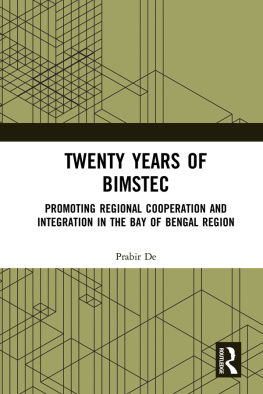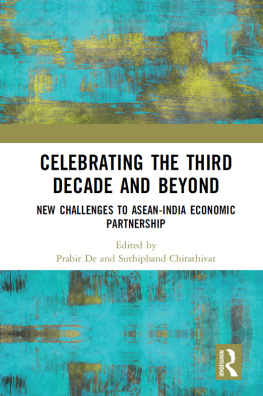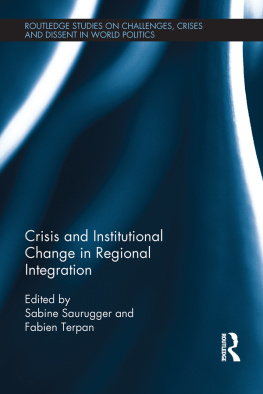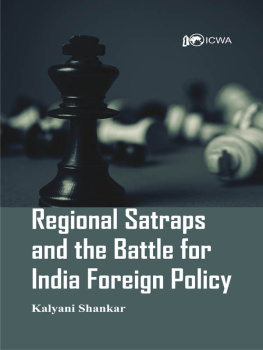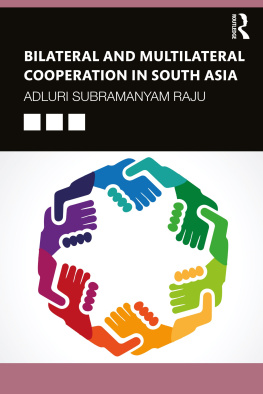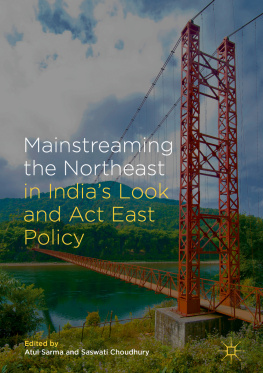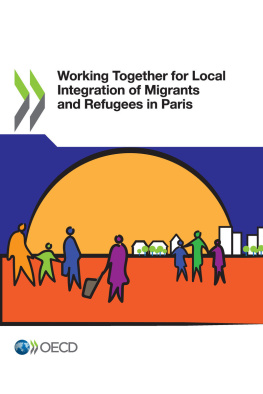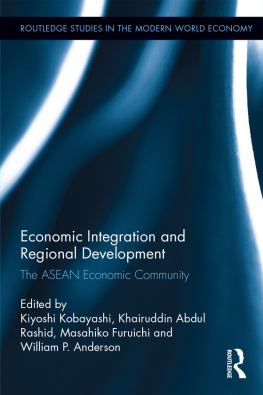Chapter 1
Introduction
Prabir De
The Bay of Bengal Initiative for Multi-Sectoral Technical and Economic Cooperation (BIMSTEC) was established in 1997 to expand cooperation among Bay of Bengal countries. BIMSTEC is a unique regional cooperation initiative in terms of geographical contiguity and spread, natural resources and the vast labour force of its member states. BIMSTEC countries, namely, Bangladesh, Bhutan, India, Myanmar, Nepal, Sri Lanka, and Thailand, together boast access to the Indian Ocean and the Himalayas, as well as natural resources such as oil, gas and hydro power. With a young and vast labour force, the future lies in BIMSTEC and the Bay of Bengal.
BIMSTEC was established in June 1997 with the Bangkok Declaration. Objective of BIMSTEC is to accelerate economic growth and social progress in the region through joint endeavours. Further, BIMSTEC countries agree to cooperate more effectively in joint efforts that are supportive of and complementary to national development plans of member states. BIMSTEC does not have a laid down charter. Bangkok Declaration and directions of the leaders are the guiding principles.
In spite of the solid foundation of geographical contiguity and shared history and cultural ties, BIMSTEC has yet to make visible progress in advancing concrete cooperation among the member states. Two recent developments, however, have generated renewed hope that BIMSTEC is poised to take off as a viable regional grouping. First, BIMSTEC established its permanent Secretariat in Dhaka in 2014. Second, BIMSTEC cooperation received new impetus from the Leaders Retreat, held in Goa on 16 October 2016, wherein the BIMSTEC Leaders pledged to work collectively towards making BIMSTEC stronger, more effective, and result oriented.
While BIMSTEC has long maintained a low profile as a regional bloc since its humble beginnings in 1997, it has been growing rapidly in recent years. BIMSTEC is a natural choice for strengthening South Asias linkages with the Southeast Asia and Indian Ocean region. Indias Act East Policy (AEP) is a key catalyst to strengthen South Asias partnership with Southeast and East Asia. This opens up enormous opportunities in trade and value chains within BIMSTEC. Trade is a top priority for BIMSTEC countries and it currently accounts for over 60 percent of the groupings combined GDP. Member countries constitute 3.8 percent of world trade and intra-regional trade grew to six percent of global trade in 2016. Tariffs are no longer the major barrier to intra-regional trade, but cost and time to trade remain relatively high. At the same time, BIMSTEC countries face huge trade barriers due to wide varieties of non-tariff measures (NTMs). Growth of intra-regional investment is also negligible, and the region is yet to witness any regional connectivity projects on the ground.
. Read, for example, Menon and Srinivasan (2018) for a detailed discussion on such potentials.
As the BIMSTEC enters the third decade of its existence, it is high time to take stock of BIMSTECs achievements and chart future direction of the organisation. There is a need to review the past and undertake new strategies to help both BIMSTEC and the global community achieving a new paradigm for BIMSTECs integration. This book makes an attempt to fulfil this objective through detailed analysis of economic and non-economic issues of regional cooperation and integration. Each chapter in this book tries to capture essential features of the cross-cutting issues and attempts to draw some policy implications. Following introduction, it has 16 chapters in harnessing integration for regional development: Cultural and Civilizational Linkages ().
Part I: Cultural and Civilizational Linkages
BIMSTEC countries inhabit a shared geographical and cultural space. They have a rich history of maritime trade and ancient cultural linkages examines the meaning of culture in Bhutan; it, among others, offers important lessons to other BIMSTEC countries in strengthening cultural relations.
. Refer, Amrith (2013) for an excellent account of cultural linkages in Bay of Bengal.
Part II: Trade and Investment
In the contemporary period, while BIMSTEC countries continue to enhance and facilitate economic cooperation as it moves toward the attainment of Bay of Bengal Community, BIMSTEC countries have cultivated economic cooperation within the region as well as with its key external trading partners. Economic cooperation is at the forefront of BIMSTEC. is, therefore, devoted on Myanmar. It argues that Myanmar could wisely use its strategic position to become a Golden Gateway between the Bay of Bengal and the Heart Land of Asia.
Part III: Connectivity
The present state of connectivity in the Bay of Bengal region is inadequate to support the goal of BIMSTEC, which is to weave together the fast-growing economies of the region in ways that will result in greater growth and the creation of conditions for more people to emerge from poverty. The current state of connectivity contrasts with that in historical times. However, the region is on the cusp of change. , therefore, takes a closer look at the recent developments in Nepals trade logistics and provides a set of recommendations in order to strengthen Nepals connectivity with the BIMSTEC region and beyond.
The seas around us are gaining new found importance and there is no doubt that the current century is the century of the seas. BIMSTEC has a wealth of sea-based resources and there is a significant potential for harnessing the Blue Economy. Investing in the Blue Economy leads to ecosystem benefits and results in enhanced public goods and services, which are invaluable and promote equity. India has made good progress in harnessing its Blue Economy for inclusive development. There is, therefore, a need to outline a comprehensive perspective plan for sustainable development and growth in different avenues of the maritime sector. In addition, there is also a requirement to coordinate and oversee the implementation of the Blue Economy for development of our maritime interests so as to enable BIMSTEC countries to emerge as resurgent maritime nations. talks about Indias achievements in Blue Economy and draws important lessons for BIMSTEC countries.
Part IV: Emerging Challenges and the Way Forward
Recent years have shown increasing awareness of the opportunities offered through stronger regional cooperation in BIMSTEC. BIMSTEC has, however, made progress in several other areas such as people-to-people contacts or energy cooperation. At the same time, it has also witnessed many failures or slow progress. BIMSTEC has been facing several challenges that cover a number of areas, and calls for concerted efforts by the member states to overcome.
The Bay of Bengal is an area growing in economic and strategic importance, derived from its position as the principal maritime connection between the Pacific and Indian Oceans and from the good economic prospects of many Bay of Bengal states. discusses the dynamics of the Bay of Bengal and the Sino-India Cooperation Dilemma.
BIMSTEC region is a natural contour of the Indian Ocean. BIMSTEC and IORA are siblings, which are interconnected through culture, commerce and connectivity. BIMSTEC and IORA are predominantly maritime nations and share the ocean to promote economic and strategic relations. Both face some common challenges in securing safe navigation. While both the institutions have been actively engaged in promoting integration in their own regions, a formal interaction between them is yet to take place. looks at BIMSTECs future prospects. It suggests some concrete steps BIMSTEC can take to strengthen itself. Clearly, BIMSEC needs to strengthen its secretariat, and member states should be generous to provide more funding.

